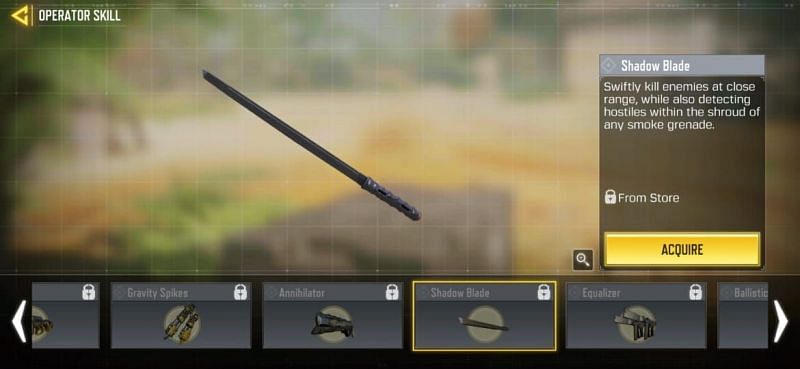

īattles use a turn-based battle system, with a limited number of player units and enemy units each taking turns and moving across a grid-based battlefield: battles are won by the player defeating key enemy units such as commanders and other boss characters. There are a total of 52 characters that can be recruited over the course of the game. Each character has a set character class, and each time a unit raises its experience level its various stats increase randomly. A unit's class affects their range of movement and strength on the battlefield mounted or flying units have greater mobility, archers have a greater attack range, while heavily armored characters have more defense. Each playable character is assigned to unique character classes that have various functions in battle, such as being mounted or having access to magic.

The game progresses in a linear fashion, with maps being unlocked and played as dictated by the storyline. This updated version features new quality-of-life improvements such as fast-forwarding and rewinding through player and enemy turns, and the ability to create suspend points in the middle of gameplay.Ī battle in Fire Emblem: Shadow Dragon and the Blade of Light: shown is the army of Marth during the player's turn.įire Emblem: Shadow Dragon and the Blade of Light is a tactical role-playing game where players take on the role of Marth and his growing army during their campaign across the continent of Archanea. The game was officially localized and released outside of Japan for the first time on the Nintendo Switch on Decemin commemoration of the franchise's 30th anniversary. The game would later be credited with popularizing the tactical role-playing genre in general. While initial sales and critical reception were lackluster, it later became popular, launching the Fire Emblem series. The scale of the game meant that the team needed to find ways around memory storage problems, and make compromises with the graphics and storyline. Keisuke Terasaki acted as director and Gunpei Yokoi produced, while the music was composed by Yuka Tsujiyoko. The gameplay revolves around turn-based battles on grid-based maps, with defeated units being subject to permanent death.īeginning development in 1987, it was conceived by designer and writer Shouzou Kaga: he wanted to combine the strategic elements of Intelligent Systems's previous simulation project, Famicom Wars, with the story, characters, and world of a traditional role-playing video game influenced by Kure Software's First Queen (1988). Forming new alliances with neighboring kingdoms, Marth must gather a new army to help him retrieve the sacred sword Falchion and the Fire Emblem shield in order to defeat Gharnef and Medeus and save his kingdom. Set on the fictional continent of Archanea, the story follows the tale of Marth, prince of the kingdom of Altea, who is sent on a quest to reclaim his throne after being forced into exile by the evil sorcerer Gharnef and his dark master Medeus, the titular Shadow Dragon.
#SHADOW BLADE IN JAPANESE SERIES#
It is the first installment in the Fire Emblem series and was originally released in Japan in 1990. Rev 1.Fire Emblem: Shadow Dragon and the Blade of Light, known in Japan as Fire Emblem: Ankoku Ryū to Hikari no Tsurugi, is a tactical role-playing video game developed by Nintendo and Intelligent Systems and published by Nintendo for the Famicom. The “Engrish” bits of text was mostly left intact, except to adjust character names. The Switch translation and previous fan translations were also used for reference.Īll-in-all, this translation should be at least 95% accurate to the original Japanese. The text that did not make an appearance in the SNES remake features a completely original translation by Polinym. A few edits were made to that script for accuracy’s sake, and a few minor details had to be omitted to save space. Regarding the translated text, the script used in the Mystery of the Emblem Book 1 port of the game (see here: ) was used for reference, compared against all the original Japanese text of Blade of Light, and in some cases taken word-for-word when acceptable. Notable improvements over previous translations include increased window sizes to minimize abbreviated text, absolutely minimal use of “squished letter tiles”, and an overall more accurate translation.
This translation was built with the goal of being as faithful to the original Japanese as possible, using the official NoA terminology (used in the Nintendo DS English port and temporary Switch “translation”) where accurate and appropriate. This is a translation of Fire Emblem: Shadow Dragons and the Blade of Light built from scratch by Polinym, not derived from any of the previous translations.


 0 kommentar(er)
0 kommentar(er)
